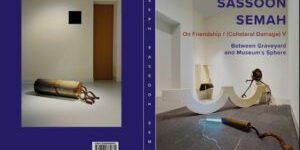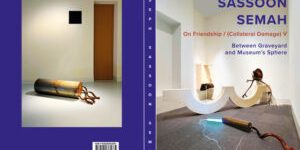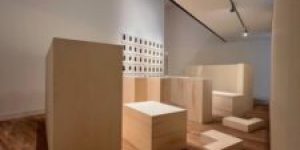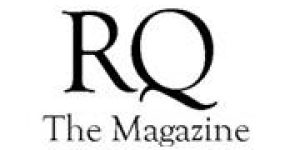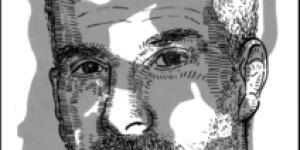To A New Culture Of Remembrance
No Comments yet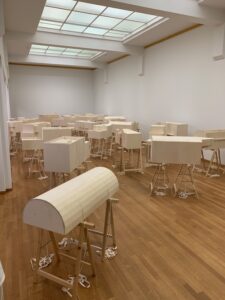
Joseph Sassoon Semah – Architectural model based on a mass grave of Jews in Baghdad – “Farhud” – the progrom against the Jews of Iraq on June 1-2 1941 – Kunstmuseum Den Haag
A new Nationaal Holocaust Museum is being built in Amsterdam to remember the history of the Holocaust. The opening is planned for 2022. An interesting initiative.
This is what the initiators said over their plan: ‘Most people know about the meaning of the Holocaust: the assassination of 6 million European Jews, of which 104.000 came from the Netherlands. With your support we want to make the National Holocaust museum the place where we show future generations that this must never be forgotten. A place like this is still very necessary in the Netherlands’. This can be read on the Jewish Cultural Quarter website.
It doesn’t happen often that a new historical museum is opened. The most recent Dutch attempt to establish a Nationaal Historisch Museum initiated by Jan Marijnissen failed miserably.
Especially in this day and age, a discussion is inevitable about the objectives and context of such an initiative. Issues of identity and inclusion play an even more important role. With such a sensitive issue as that of the Holocaust, it will certainly not be limited to voices from the Netherlands or Europe.
Just recently the first Holocaust exhibition was opened in the United Arab Emirates (UAE) in Dubai at the Crossroads of Civilisation Museum. Using personal testimonies the story of the Holocaust is told. A small part of the exhibition is dedicated to Arabs and Muslims who helped Jews survive the Holocaust. If they have devoted any attention to the Holocaust (Farhud) in the Middle East is currently unclear.
It will be inevitable for a museum that proposes to focus on future generations to be clear from the outset about the context of their museum-related activities. For example, you could add to the name Holocaust Museum: ‘The history of the Holocaust in the culture of the time and the worldwide meaning for the present’, or words with an equivalent meaning.
The Holocaust cannot be understood to be an exclusive definition of the assassination of 6 million European Jews. Hitler’s interest went beyond that of Europe. The Holocaust, albeit on a smaller scale, also took place in the Middle East. Jews in Iraq, Tunisia and Libya were persecuted and killed. In Bagdad during the Farhud on June 1st and 2nd 1941 there were around 200 victims and Jewish stores and houses were looted, destroyed and set fire to. The general presumption is, because of the later discovered mass graves, that the number of casualties was very much higher. The persecution of Jews increased after the founding of Israel in 1948. From 1950 until the seventies a huge exodus took place, mostly forced, from Arabic and South-African countries, often described as a Babylonian exile, meaning for so many the loss of a homeland, culture, traditions and stories.
Certainly in Europe, but also in the Middle-East there is a lack of knowledge and awareness of the injustice done to the Jews in the Middle-East, partly as a result of the Holocaust, after previously living harmoniously with Muslim communities in their residential and working environment.
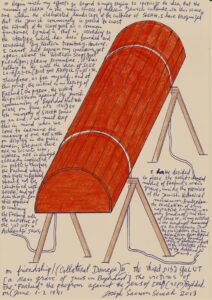
Joseph Sassoon Semah – On Friendship / (Collateral Damage) III – The Third GaLUT: Baghdad, Jerusalem, Amsterdam
If the future Nationaal Holocaust Museum in Amsterdam, a city with many cultures, wants to be interesting for future generations, then it is necessary to place the exhibitions in the context of diversity within Jewish culture of the time and the meaningfulness for the present. The National Holocaust Museum in Amsterdam has the unique possibility of taking the initiative for a new future-proof Culture of Remembrance. This means that in programming and permanent exhibitions there should be a focus on Jews from all over the world and certainly those in the Middle East; their rich culture after the first exile from Jerusalem, with among others the Talmud Bavli, the centuries of peaceful and productive living with Muslims, the ‘Kristallnacht’ there, the second exile after the founding of Israel and the emerging Mizrahi Hebrew voice in the public domain, must not be forgotten, after being marginalized for so long.
Only then will justice be done to ‘diversity and inclusivity of the Jews’ and can the question ‘Are Jews white?’ perhaps be provided with a more balanced answer.
At the Kunstmuseum Den Haag there is the exhibition ‘On Friendship …..’ until the 29th of August 2021 of work by Joseph Sassoon Semah, the grandson of the last Chief Rabbi of Baghdad, Sassoon Kadoori (1886-1971). Metaphorically speaking it is a tribute to the lost culture in Iraq, and at the same time an invitation to a dialogue about different cultures. 36 architectural models of houses, synagogues and the mass grave of Farhud, and 86 drawings bring back to life the lost, integrated Jewish culture of Baghdad.
Linda Bouws, former director Felix Meritis Amsterdam, curator exhibition
Originally published (in Dutch) in Het Parool, July 15, 2021: https://www.parool.nl/columns-opinie/opinie-herinner-de-holocaust-met-wereldwijde-context/
Translation: Jean Cameron – Amsterdam
You May Also Like
Comments
Leave a Reply


